Husky, Malamute, and Samoyed dog breeds are all sled dog races considered spitz-type dogs. This means that they share certain physical characteristics, such as pointed ears, a thick coat of fur, and a tail that curls over their back. However, there are also some important differences between these breeds.
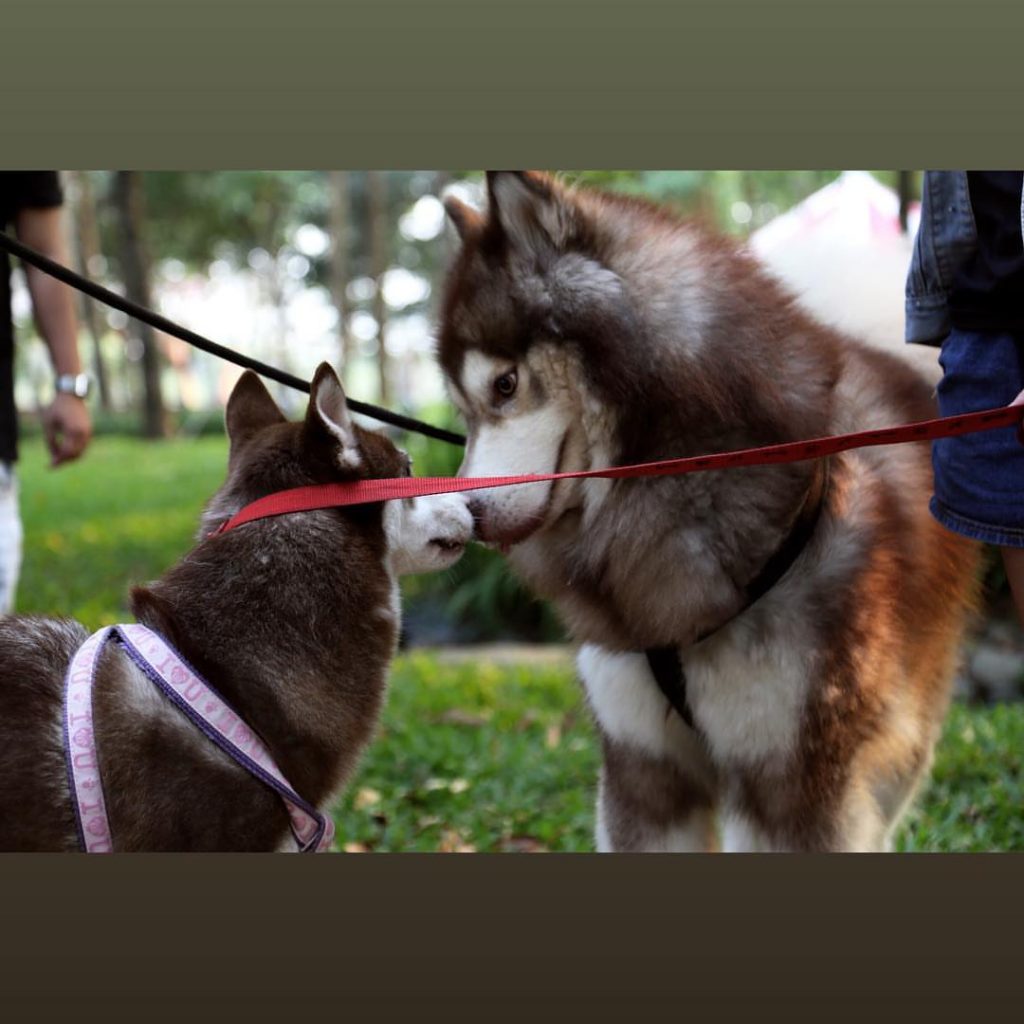
Alaskan Malamute.
The Alaskan Malamute is one of the largest spitz-type sled dog breed. Male Malamutes can weigh up to 85 pounds, while females usually weigh between 75 and 80 pounds. These dogs were originally bred as working animals, and they still have a lot of energy today. They need plenty of exercises, and they are not well suited to living in small apartments or homes without a yard.
You may like: Malamute vs husky.
Siberian Husky.
The Siberian Husky breed is similar in size to the Alaskan Malamute, but there are some important differences between these two breeds. Also, Huskies are generally less aggressive than Malamutes, and they are also better at handling cold weather. These dog breed’s were originally bred in Siberia, so they are so well adapted to cold climates.
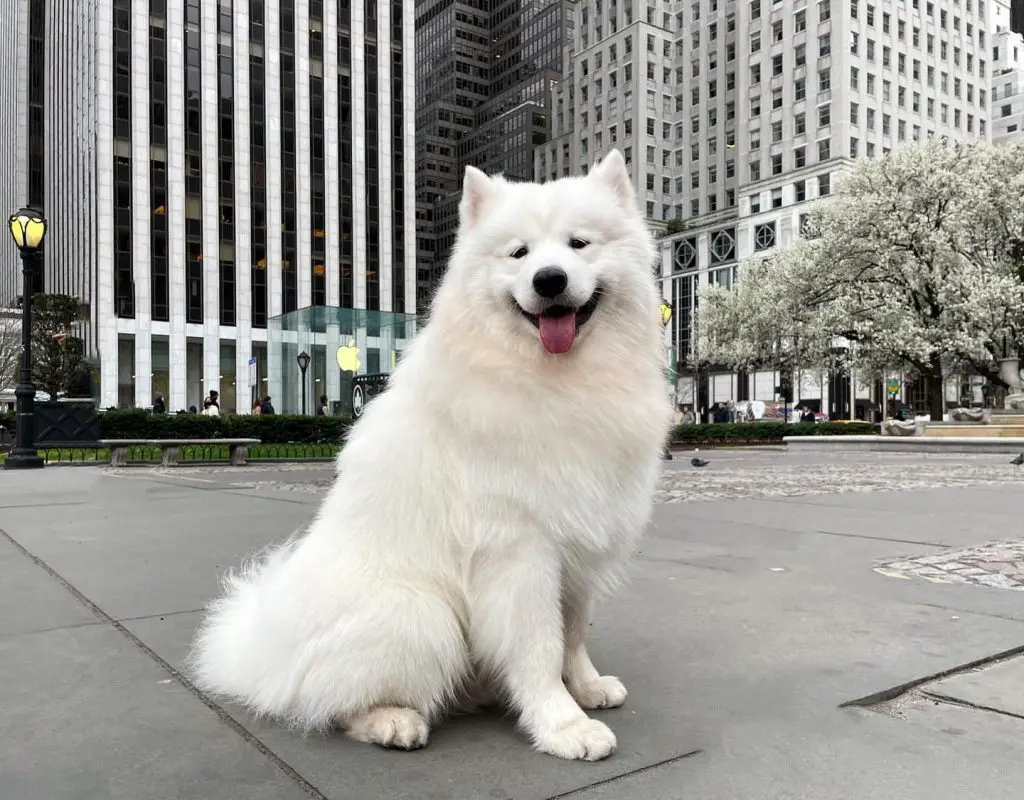
Samoyed.
The Samoyed is the smallest of the three breeds, with males weighing between 50 and 60 pounds and females typically weighing 10-20 pounds less. These dogs were originally bred in Siberia as working animals, but they make great pets today. They are friendly and loving, and they do not require as much exercise as Huskies or Malamutes.
You may like: Mini Australian Shepherd VS Standard
What’s the difference?
Huskies, Malamutes, and Samoyeds are all similar in many ways, but there are some important differences that you should be aware of before choosing one of these breeds. Alaskan Malamutes and Siberian Huskies are large breeds originally bred as working dog. They are very active and need a lot of exercises, so they are not well suited to living in small homes or apartments. Samoyeds are smaller than Huskies and Malamutes, and they do not require as much exercise. These dogs make great pets for families who want a loving and friendly dog without needing to provide too much space or exercise.
Shedding.
Malamutes shed a lot of weight on their double coat. When compared to Malamutes or Samoyeds, Huskies shed slightly less. Samoyeds lose more weight than Huskies, but not as much as the Malamutes.
Barking.
Samoyeds bark a lot! The Huskies bark mildly, while the Alaskan Malamutes rarely bark.
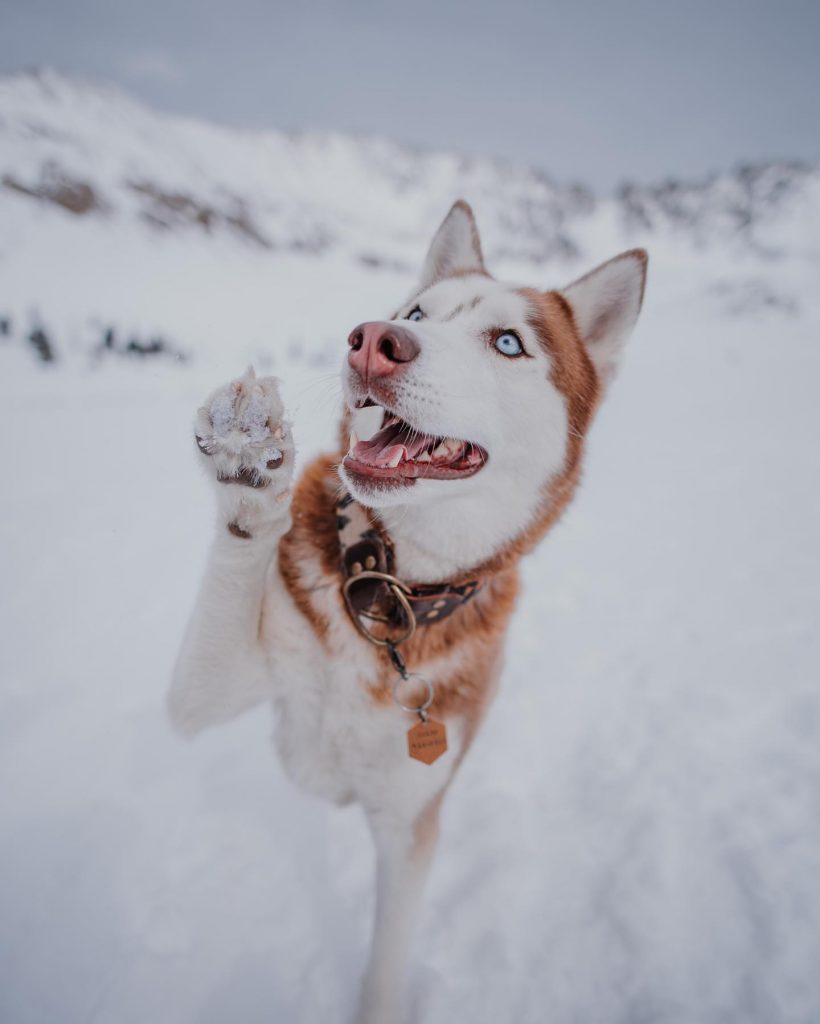
Size.
Malamutes measure 23-25 inches in length – They are larger than the Husky or Malamute.
Huskies measure 20-24 inches in length – Larger than the Samoyed but smaller than that of the Malamute.
Samoyed measures 18-24 inches. It is the smallest dog breed.
You may like: Miniature Husky.
Grooming and Maintenance.
The Samoyeds are the best dog breed for taking the time to groom properly. The Huskies are number 3, while the Malamutes are number 2. If you’re looking for a dog that takes less time to groom, I suggest a Husky. It only requires its hair to be brushed twice a week and bathed once a month.
Sensitivity in terms of attachment and emotions.
Malamutes are more sensitive than Samoyeds and Huskies dogs breeds. Huskies are less sensitive than Samoyeds.
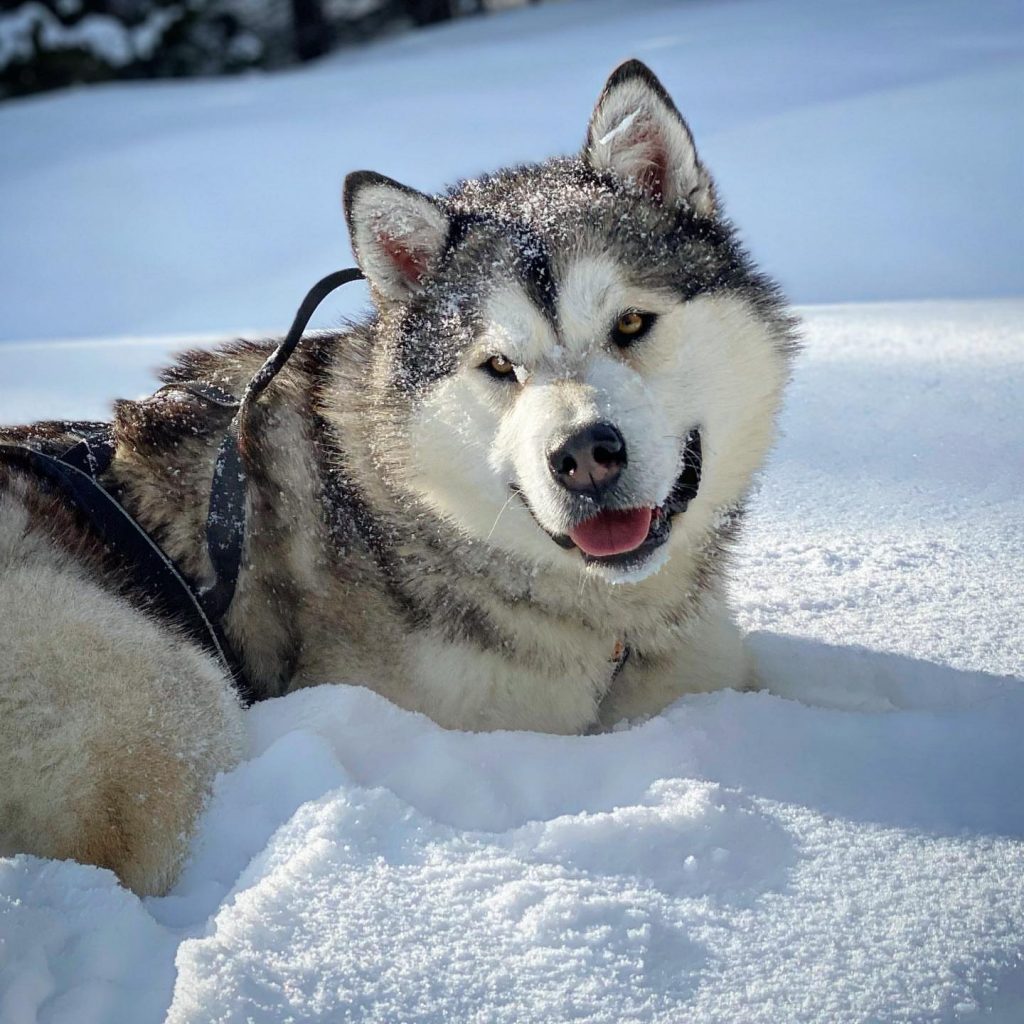
The biting pot.
Malamutes are more bite-able than the Husky or Samoyed dog breeds. Huskies are more bite-able than the Samoyed breed.
You may like: Havapoo Vs. Cavapoo.
Wandering and escaping possibilities
The Huskies are more prone to running and wandering than the Malamutes or the Samoyed dogs. The Alaskan Malamutes are more mobile and can escape than the Samoyed dog breed.
Conditions of health.
Samoyeds are more vulnerable to genetic and acquired health issues than Husky dogs and Samoyed breeds. Husky’s are more likely to suffer from medical conditions than Malamutes. The Huskies are the ones with the smallest number of medical problems.
You may like: everything you must know about corgi sploot.
Independent nature.
The Malamutes are more independent and willing to stay for long periods of time alone than the Samoyeds or Huskies. Huskies can spend only a few hours with their owners, so they are somewhat independent.
Samoyeds can be more independent than Huskies, but they are still very friendly. If you adopt this friendly dog, it will be hard to leave them alone for long periods of time.
Intelligence.
Malamutes are more intelligent than the Huskies or the Samoyeds. The Samoyeds tend to be a little more intelligent than the Huskies, as they can grasp training much faster than the Huskies.
Aggressiveness.
The Malamute can be more aggressive than the Samoyed or the Husky. The Samoyeds, on the other hand, display less aggressive behavior than the Husky.
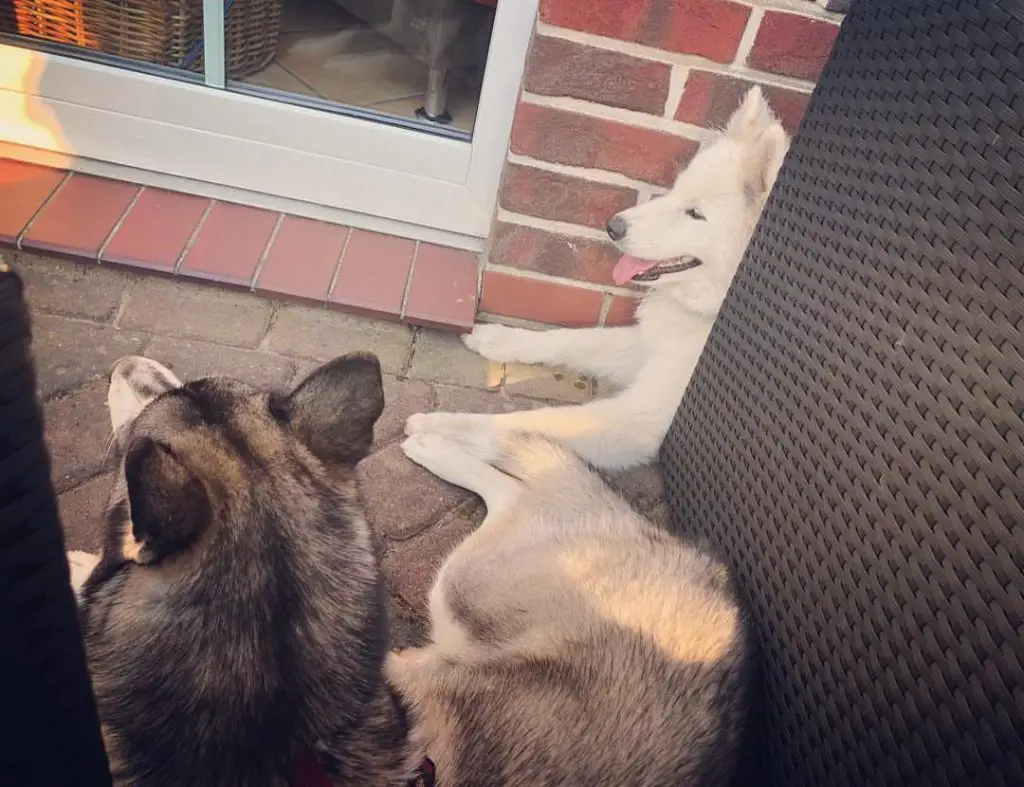
Which dog is the best for you?
All these dog breeds make great family pets and are excellent guard dogs to a certain extent. The Malamutes don’t bark often; Huskies bark less than the Samoyeds. The Samoyeds are more vulnerable to health issues than the Huskies or Malamutes.
Malamutes are more aggressive than the Samoyeds and Husky, but they can still be very friendly. All three breeds need daily exercise and regular vet visits to ensure a happy, healthy life. A healthy diet is a key factor in increasing the life expectancy of these dogs.
These hounds need to be socialized and trained properly when they are young so that there is no fight for dominance. To avoid a poor-quality or uncertified breeder, ensure that you adopt your dog. You should fully understand your preferences before adopting any of these life-changing dogs. If you decide to adopt a Husky, put a fence at least 5-6 feet above the ground. These dog breeds are highly susceptible to escape attempts.
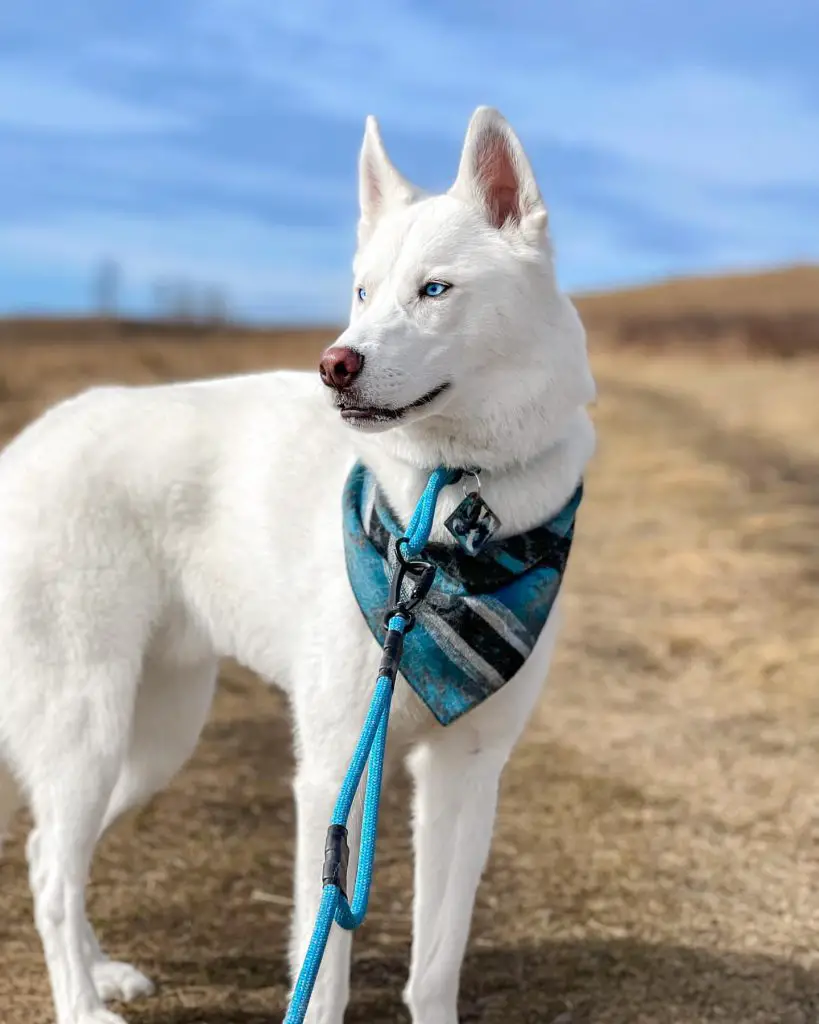
Conclusion.
Choosing between a Husky, Malamute and Samoyed may come down to personal preference, but it’s important to be aware of the differences between these breeds. If you are looking for a large working dog, then an Alaskan Malamute or Siberian Husky may be the right choice. If you want a smaller dog that doesn’t require as much exercise, then a Samoyed may be the perfect breed for your family.



